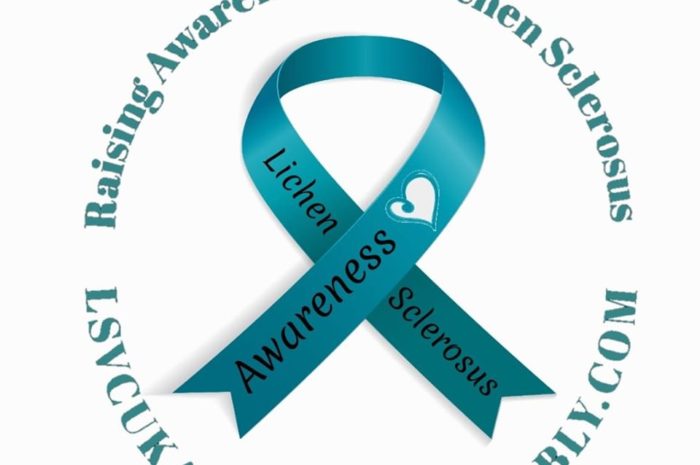The number of multiple births from IVF treatment has reached an all-time low of an average of 6% (1 in 20) of all IVF births according to a new report released today. This is a significant decrease from the 1990s where around 28% (1 in 4) of IVF births were twins.
The Human Fertilisation and Embryology Authority’s (HFEA) multiple births in fertility treatment report shows that the multiple birth rate has reduced most among patients under 35 (from 27% in 2007 to 6% in 2019) and patients over 44 (from 31% in 2007 to 5% in 2019).
The decrease in multiple births has been achieved alongside a steady improvement in IVF success rates. The numbers of babies born per year from IVF treatment grew from 1,238 in 1991 to 390,000 30 years later while multiple birth rates have fallen.
Julia Chain, Chair of the HFEA, said:
“This is a major success for UK healthcare. Multiple births can be dangerous for both patients and unborn babies and can put an additional burden on the NHS. Multiple births were the biggest single health risk from IVF treatment and that is why we have campaigned for this since 2007 working closely with health professionals and fertility clinics.
“The numbers of babies born from IVF has continued to rise, confirming that implanting more than one embryo does not decrease a patient’s chance of having a baby.”
The report highlights that patients aged 37 and under who are privately funded have a higher multiple birth rate in their first IVF cycle compared to NHS funded patients.
This brings risks to both the patients and babies as about 60% of IVF twin births were pre-term (under 37 weeks) compared to 9% of singleton births from 2015-2019 according to the report. Multiple births cause increased risk of health problems for patients and their babies, such as late miscarriage, high blood pressure, pre-eclampsia, haemorrhage, still birth and neonatal death.
Multiple births and multiple embryo transfers were more common among Black patients than other ethnic groups between 2015-19. The average multiple birth rate for Black patients was 12%, compared to 10% across all ethnic groups which means more Black women and their babies are at an increased risk of health problems.
Julia concludes:
“The lower number of multiple births should be celebrated but we cannot be complacent as we know this is not the case in every fertility clinic. We will continue to monitor multiple birth rates from fertility treatment and encourage clinics to review their multiple birth strategies, particularly in relation to patients from ethnic minority groups as we want to achieve a level playing field for all patients.”
ENDS
Notes to editors
The HFEA is the UK’s independent regulator of fertility treatment and research using human embryos.
Set up in 1990 by the Human Fertilisation and Embryology Act, the HFEA is responsible for licensing, monitoring, and inspecting fertility clinics to ensure patients and everyone born through fertility treatment receives high quality care.
The HFEA is an ‘arm’s length body’ of the Department for Health and Social Care, working independently from Government providing free, clear, and impartial information about fertility treatment, clinics and egg, sperm and embryo donation.
The HFEA is funded by licence fees, IVF treatment fees and a grant from UK central government. For more information visit, www.hfea.gov.uk.
The ‘One at a time’ campaign was launched in 2007 and encouraged clinics to transfer one embryo and freeze any remaining embryos for good prognosis IVF patients. The combination of these policies and concerted efforts across the fertility sector led to fewer double embryo transfers, and fewer multiple births as a result.



